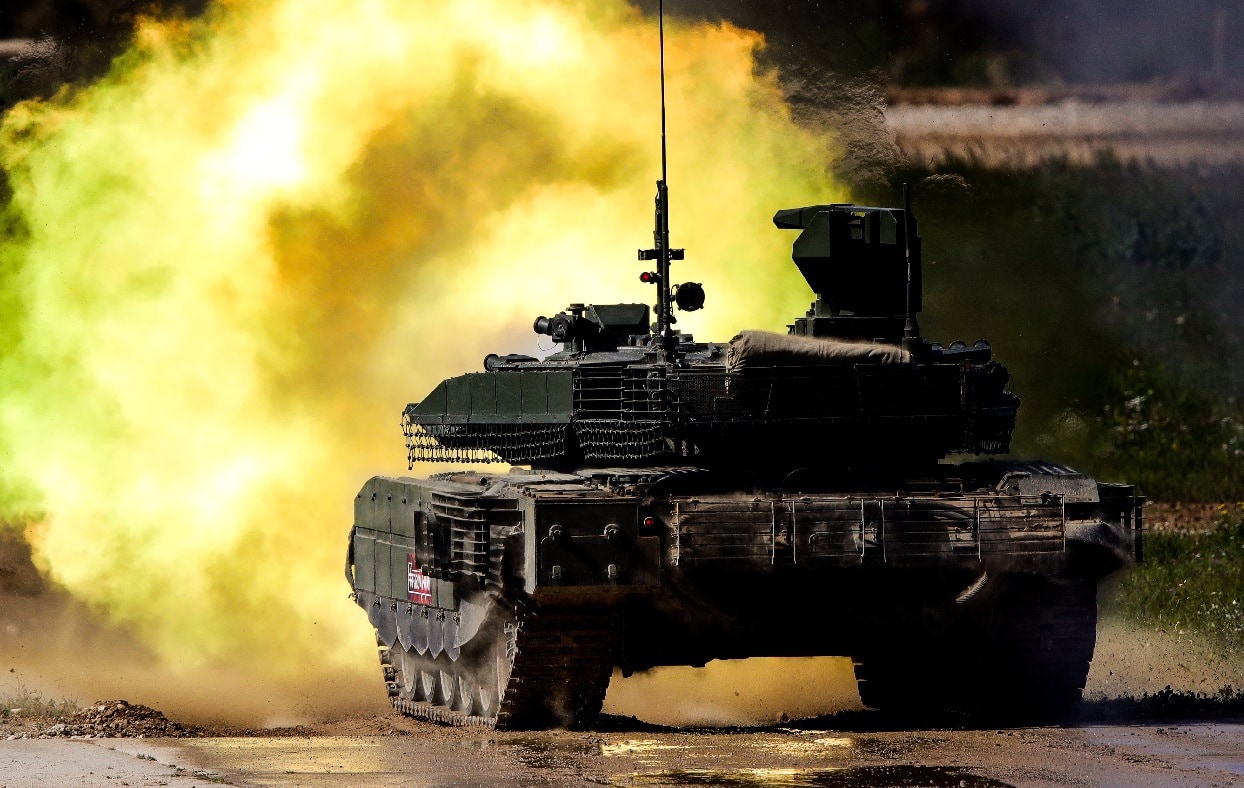In less than two months, the war in Ukraine will reach its first anniversary. The very fact that Ukraine exceeded expectations both when it came to the performance of its armed forces and the overall resilience of the Ukrainian nation should be celebrated. While there is no question that Ukraine is determined to fight on, at the same time – by all indications – Putin and his cohort in Moscow have doubled down on their commitment to prevail.
(Subscribe to Our YouTube Channel Here. Check out More 19FortyFive Videos Here)
This is now a war of attrition, and although on paper it would seem that Moscow has an advantage in terms of its population and territory, in this war other factors may prove decisive, namely, the human factor and ammunition.
The war in Ukraine has shown the critical importance of the human factor in war. It has revealed how dangerous and destructive the megalomania of a dictator can be, especially someone who has been in power a long time. Or how the corruption circulating through Russia’s bloodstream can generate consistently skewed intelligence assessments of the country’s military capabilities and prompt Putin to overreach.
More than anything else, and contrary to the “Realist” paradigm in Political Science, Ukraine has shown yet again what a mobilized free and patriotic people can accomplish when their home is attacked and their fellow citizens murdered.
But the Ukraine war is fast becoming a war of numbers. Simply put: “It’s about the ammo, stupid!” And this applies to both the Russians and the Ukrainians. The vaunted Russian stocks are being depleted at rates only Soviet-era planners could stipulate in the event of an all-out war against NATO. At the height of the summer, when Moscow took a page from the Soviet playbook to substitute a massive artillery hammer for maneuver, the Russians were firing some 60,000 rounds per day, occasionally more. Today the Russians shoot at most 20,000 rounds a day – often fewer, and they are digging deep into their own residual stockpiles to sustain even that limited rate. All the while, Russia is shopping around the world for munitions, including in Iran and North Korea.
To make the situation even more difficult for Moscow, the stockpiles of ammunition that Russia brought in from Belarus appear nearly all but used up. And Russia’s limited capacity to replenish them raises the question of whether a “Soviet way of war” is something its military-industrial complex can sustain.
Another problem facing Russia as it gears up to train a new 300,000-strike force – presumably in preparation for another offensive – is that these new units are not likely to match even the quality of the troops that went into action in Ukraine in February of last year. The Russian force that General Valery Gerasimov’s reforms created is proving to be a mismatch for the conventional attrition battlefield that is Ukraine. The forces Russia has put in the field since the Battle of Kyiv in 2022 are poorly trained and equipped, lack non-commissioned officers and, most of all, are unable to deploy the most vaunted new Russian weapons platforms. Putin’s new forces may meet the same fate as the first and second military waves in this war. Should that happen, it would constitute the strategic breakthrough Ukraine is looking for.
But the Ukrainians are feeling the pinch as well. European stockpiles are running dry while most European governments have yet to move to wartime production to make up for Ukraine’s weapons and ammunition expenditure rates. Even the United States is beginning to feel that it needs to prioritize. For instance, when it comes to 155mm howitzer ammunition, the U.S. produces approximately 14,000 rounds per month, though reporting from Ukraine shows that its forces fire on average about 5,000 rounds per day.
The Pentagon recently announced plans to increase production to 20,000 155mm shells per month by spring, and to triple it by 2025. Today no other issue is as critical as munitions for Ukraine, for if its forces are to sustain their defenses and build up momentum to strike again and liberate more national territory, they need to have stockpiles for at least twice that of their daily rate.
And so the challenge this year is straightforward: Will European governments issue contracts and spend the money to accelerate munitions and equipment production to meet Ukraine’s needs to continue blocking Russia’s advance and then seize the initiative to defeat its forces and liberate all of the nation’s territory?
This one has to be on Europe, for while the United States has accelerated munitions production, Washington has additional weapons commitments to meet, including contracts to supply Taiwan and others. So, the burden has to fall on Europe.
The conflict in Ukraine is a system-transforming war whose outcome will define the Continent’s security for a generation or more. Time for all European governments, not just those on the Eastern frontier, to understand what is at stake and act accordingly. It is, first and foremost, a numbers game, period.
Dr. Andrew A. Michta is Dean of the College of International and Security Studies at the George C. Marshall European Center for Security Studies in Garmisch, Germany and a Nonresident Senior Fellow at the Scowcroft Strategy Initiative in the Atlantic Council’s Scowcroft Center for Strategy and Security. Michta is also a 19FortyFive Contributing Editor.
The opinions expressed here are those of the author and do not reflect the official policy or position of the George C. Marshall European Center for Security Studies, the U.S. Department of Defense, or the U.S. government.

